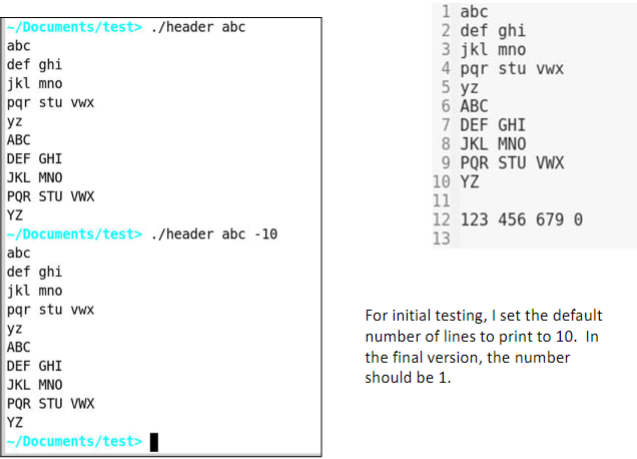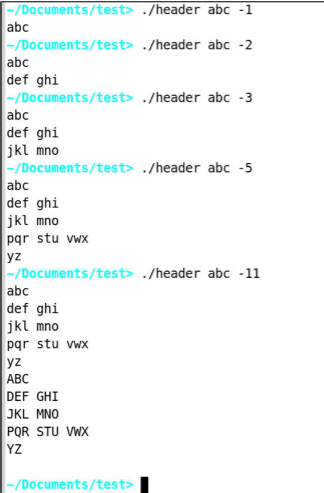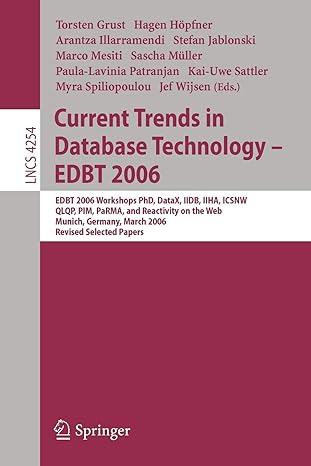Answered step by step
Verified Expert Solution
Question
1 Approved Answer
IN C , Write a utility program that takes one or two arguments (filename and -n) and writes to STDOUT the first n lines of
IN C,
Write a utility program that takes one or two arguments (filename and -n) and writes to STDOUT the first n lines of the file filename. If filename is not specified, the program should read from STDIN If -n is not specified, the program should write only the first line. Your program should read the file 10 characters at a time.
Your should only use system calls for obtaining input and generating output. For example, use read() and write() system calls instead of C library functions (e.g. scanf or printf) to fetch input and display output.


Step by Step Solution
There are 3 Steps involved in it
Step: 1

Get Instant Access to Expert-Tailored Solutions
See step-by-step solutions with expert insights and AI powered tools for academic success
Step: 2

Step: 3

Ace Your Homework with AI
Get the answers you need in no time with our AI-driven, step-by-step assistance
Get Started


